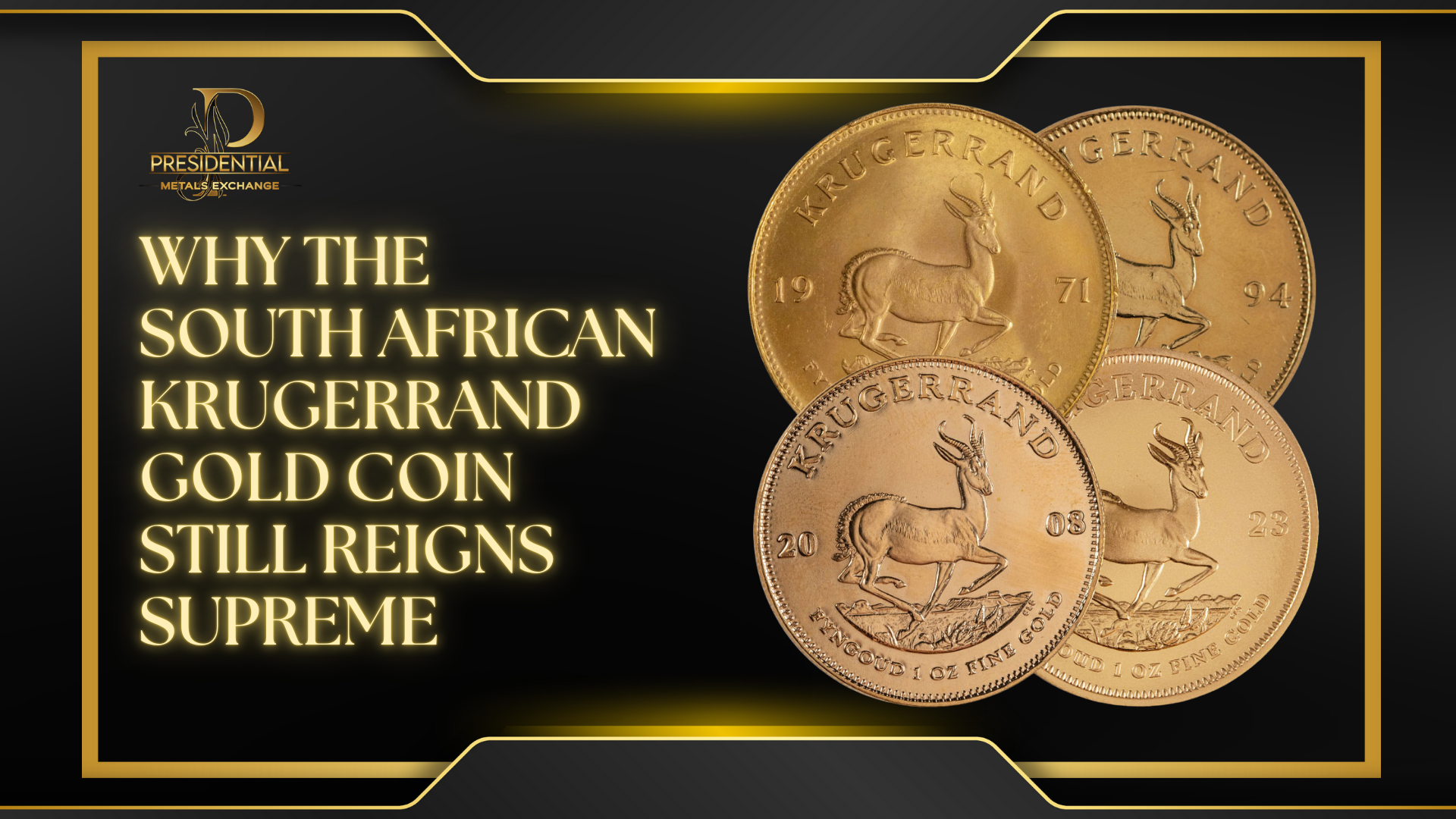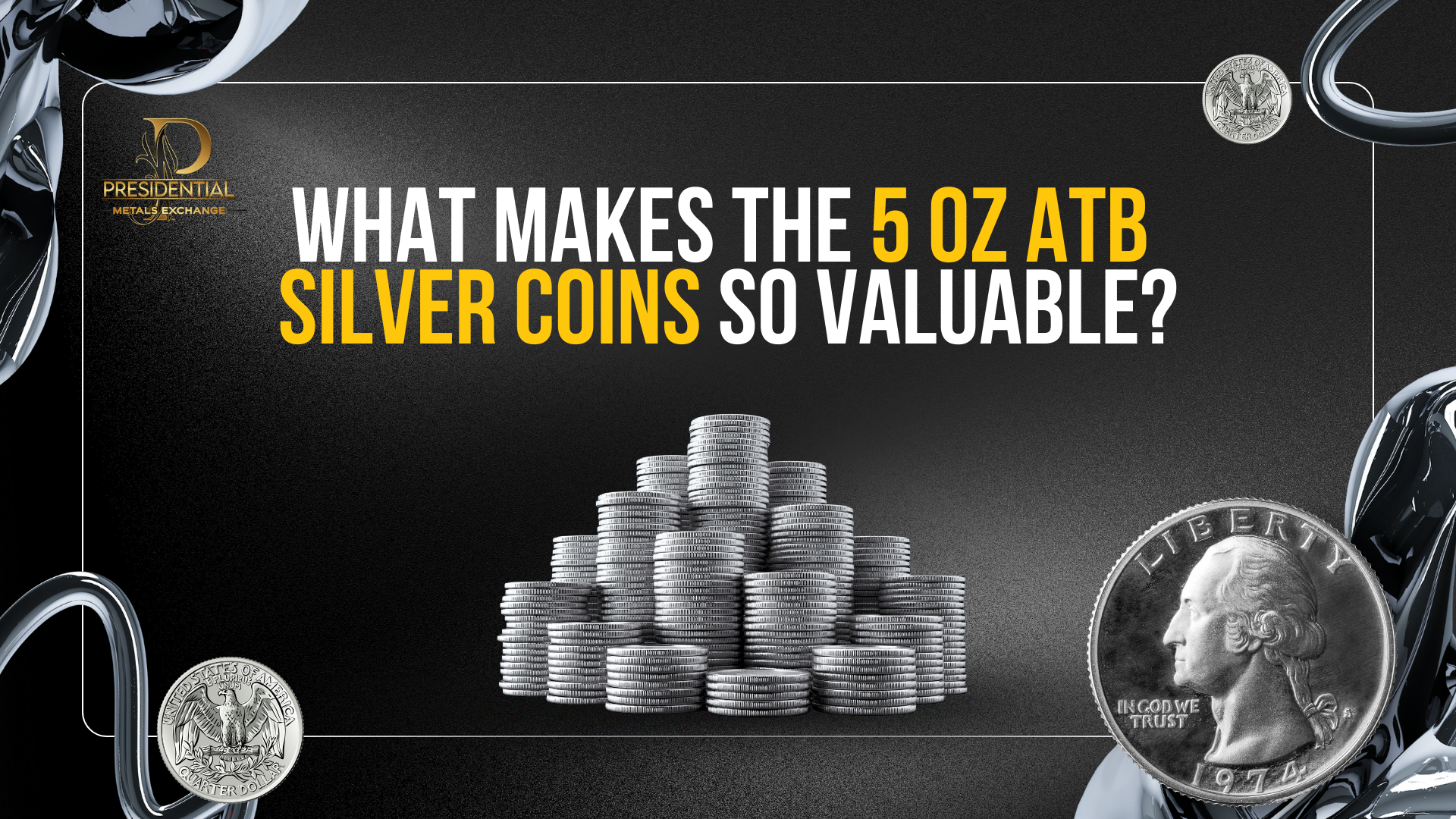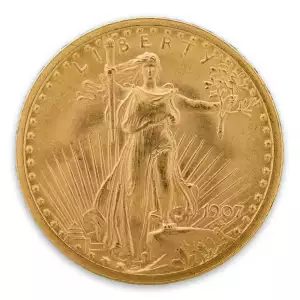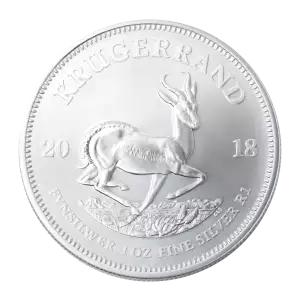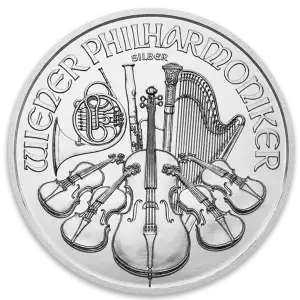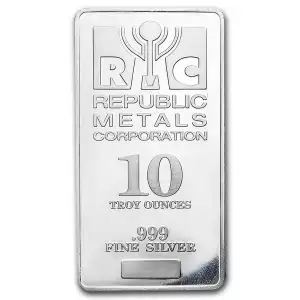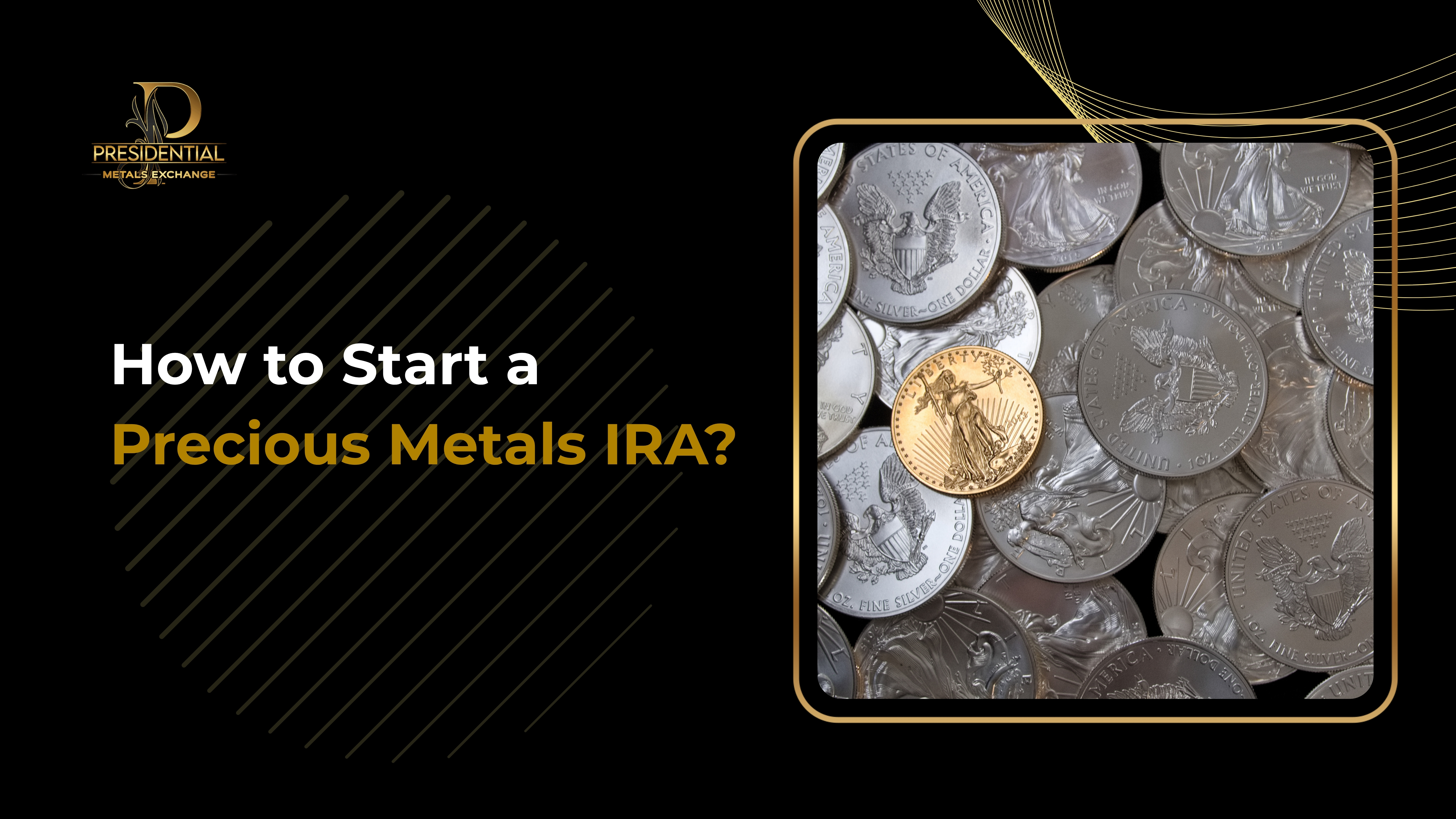
Due to current economic challenges and markets that change fast, investors are focusing more on tangible assets to help spread and secure their wealth. In particular, a Precious Metals IRA is notable because it can help protect you from inflation and local currencies losing value.
What Is a Precious Metals IRA?
In an IRA for precious metals, investors can store real gold, silver, platinum, and palladium in their retirement accounts and enjoy certain tax advantages. Conventional IRAs have investments limited to stocks, bonds, or mutual funds, but this type can be diversified more and can offer better potential against inflation.
Precious Metals IRAs are typically used by investors seeking:
- A hedge against market downturns
- Asset class diversification
- Long-term wealth preservation
These accounts are regulated by the IRS and must follow strict guidelines regarding metal purity, storage, and custodianship.
Step 1: Choose a Self-Directed IRA Custodian
The primary thing to do is to shape your retirement funds in the right account and find a qualified self-directed IRA custodian. Only some companies that manage IRAs allow you to store physical gold or silver in them. Choose organizations skilled in trading alternative investments and with metals that meet IRS regulations.
Consider the following:
- IRS approval and regulatory compliance
- Fee transparency
- Asset security protocols
- Reputation and investor reviews
Equity Trust, STRATA Trust Company, and GoldStar Trust are some highly respected custodians.
Step 2: Open and Fund Your IRA
Opening the IRA account is the next step after you find a custodian. Part of this process includes documentation like identity, beneficiary info, and plan elections.
You can fund the account via:
- Direct contributions (subject to annual IRS limits)
- IRA rollovers (from another IRA, 401(k), or similar account)
- Transfers (direct movement of funds between IRAs)
Step 3: Select an Approved Precious Metals Dealer
Not all metals are eligible for IRA inclusion. The IRS mandates strict purity standards:
- Gold: 99.5% purity or higher
- Silver: 99.9% purity or higher
- Platinum/Palladium: 99.95% purity
You should make sure the dealer you trust for metals acts transparently, accurately prices items and follows all necessary laws. Presidential Metals is an option, providing quality bullion and assisting with guidance.
Approved coins and bars include:
- American Gold Eagles (exception to the 99.5% rule)
- Canadian Maple Leafs
- Austrian Philharmonics
- Gold and silver bars from COMEX/NYMEX-approved refiners
Step 4: Secure an IRS-Approved Depository
Precious metals held in an IRA cannot be stored at home or in personal safes. IRS rules require them to be stored in approved, insured depositories to maintain tax-advantaged status.
Options include:
- Delaware Depository
- Brinks Global Services
- IDS of Texas
These facilities provide secure, segregated, or commingled storage depending on your preference and budget. Annual storage fees range from $100 to $300, depending on metal volume and storage type.
Step 5: Monitor and Rebalance Your Portfolio
While the physical nature of precious metals offers stability, investors should still evaluate their IRA portfolio periodically. Watch market trends, storage fees, custodian performance, and tax law changes.
Consider:
- Reallocating between metals (e.g., gold to silver)
- Taking Required Minimum Distributions (RMDs) after age 73
- Updating beneficiary and legacy plans
Work with your custodian and dealer to facilitate metal sales or rollovers when needed. Regular reviews ensure your allocation aligns with changing economic conditions, personal financial goals, and tax strategies. Staying proactive preserves portfolio efficiency and maximizes the long-term value of your precious metals IRA.
Advantages of a Precious Metals IRA
Precious Metals IRAs offer strategic value beyond traditional financial instruments. They enable investors to protect purchasing power, diversify asset classes, and prepare for economic shifts with real, tangible assets rooted in centuries of monetary trust.
- Inflation Hedge: Physical metals typically rise in value during inflationary cycles.
- Tax Benefits: Like other IRAs, gains grow tax-deferred or tax-free (Roth).
- Tangible Asset: Gold and silver provide a sense of control and ownership lacking in digital-only investments.
- Crisis Insurance: Precious metals historically perform well during geopolitical and financial instability.
A Precious Metals IRA combines the strength of tangible assets with tax advantages and long-term stability. For investors seeking security amidst global volatility, its benefits can be both strategic and enduring.
Conclusion
A Precious Metals IRA is more than a retirement strategy—it’s a vehicle for safeguarding wealth through economic cycles. For sophisticated investors seeking long-term security, gold and other metals could offer unmatched resilience. By working with the right custodians, dealers, and storage partners, you can build a retirement portfolio that's not only diversified but also crisis-ready.
Frequently Asked Questions
1. How to open a precious metals IRA?
Select a self-directed IRA custodian, fund your account, buy IRS-approved metals from a trusted dealer, and store them in an approved depository.
2. How much does it cost to start a gold IRA?
Startup costs typically range from $200 to $500, including setup, custodian fees, and first-year storage charges. Additional fees may apply annually for account maintenance, insurance, and transactions, so it’s important to review the full fee schedule before committing.
3. How do I start a traditional IRA?
Open an account with a financial institution, choose your investment strategy, and begin contributing up to the IRS annual limit. It’s advisable to consult a financial advisor to align your IRA choices with your retirement goals and risk tolerance.
4. What is the best IRA company?
Top IRA companies include Fidelity, Charles Schwab, and Vanguard for traditional IRAs. For precious metals IRAs, consider Equity Trust or STRATA Trust, known for their strong reputation, low fees, and excellent customer service tailored to alternative assets.
5. How much does it cost to open an IRA?
Many providers offer no-fee IRA openings, though specialty accounts like Precious Metals IRAs may incur setup fees between $50 and $150.


